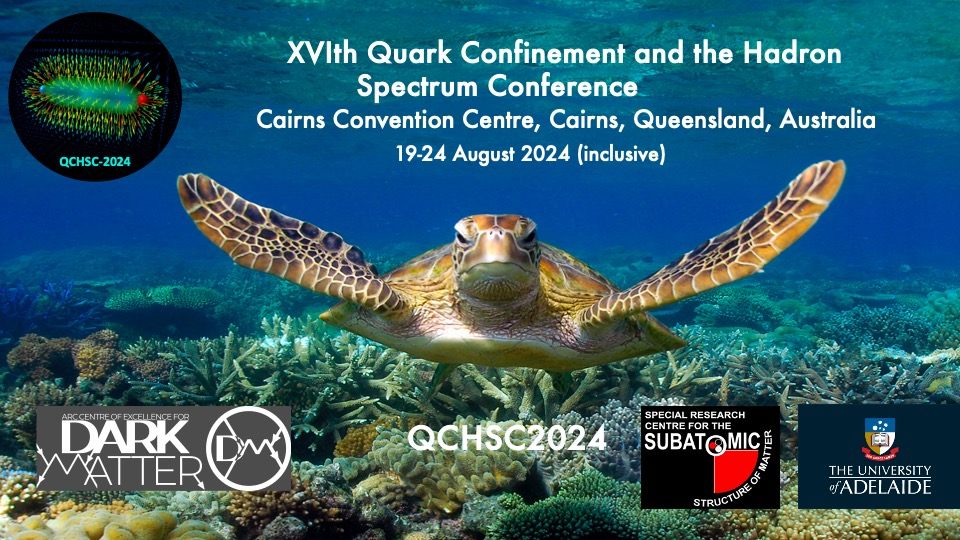Speaker
Description
we evaluate the energy loss rate of supernovae induced by the axion emission process 𝜋+𝑝→𝑛+𝑎 with the Δ(1232)resonance in the heavy baryon chiral perturbation theory for the first time. Given the axion-nucleon-Δ interactions, we include the previously ignored Δ-mediated graphs to the 𝜋+𝑝→𝑛+𝑎 process. In particular, the Δ-mediated diagram can give a resonance contribution to the supernova axion emission rate when the center-of-mass energy of the pion and proton approaches the Δ(1232) mass. With these new contributions, we find that for the typical supernova temperatures, compared with the earlier work with the axion-nucleon (and axion-pion-nucleon contact) interactions, the supernova axion emissivity can be enhanced by a factor of 4(2) in the Kim-Shifman-Vainshtein-Zakharov model and up to a factor of 5(2) in the Dine-Fischler-Srednicki-Zhitnitsky model with small tan𝛽 values. Remarkably, we notice that the Δ(1232) resonance gives a destructive contribution to the supernova axion emission rate at high supernova temperatures, which is a nontrivial result in this study.
